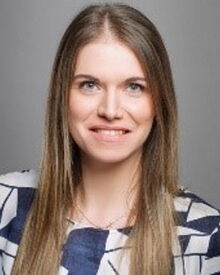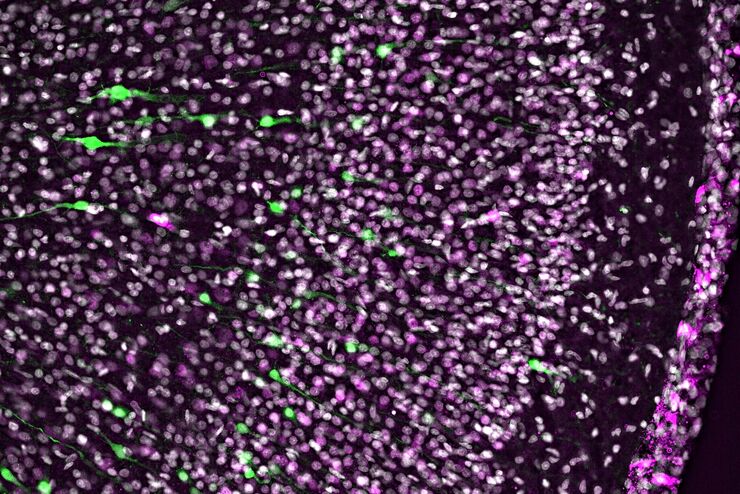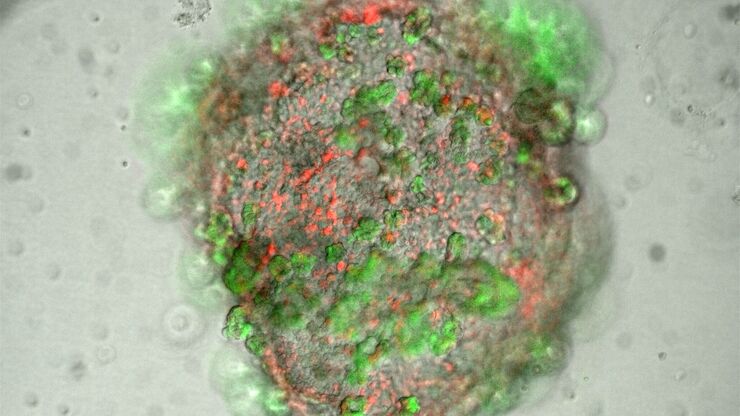Jennifer Kulhei , Dr. biol. hom.

Jennifer Kulhei studied biochemistry, biophysical chemistry and animal physiology at the Goethe University in Frankfurt am Main. In the course of her diploma thesis, she focused on the development of a segmental isotopic labeled membrane protein for NMR spectroscopy. In her dissertation at the Max Planck Institute for Heart and Lung Research in Bad Nauheim she examined the dedifferentiation of adult mouse cardiomyocytes post myocardial ischemia utilizing transgenics, widefield and confocal microscopy as well as establishing a unique live-cell-sorting approach followed by next-generation sequencing to profile this rare cell type post myocardial infarction. In September 2018 she joined the Product Management Team at Leica Microsystems and is responsible for the inverted Widefield microscopy portfolio including the DMi8 based THUNDER Imagers.

